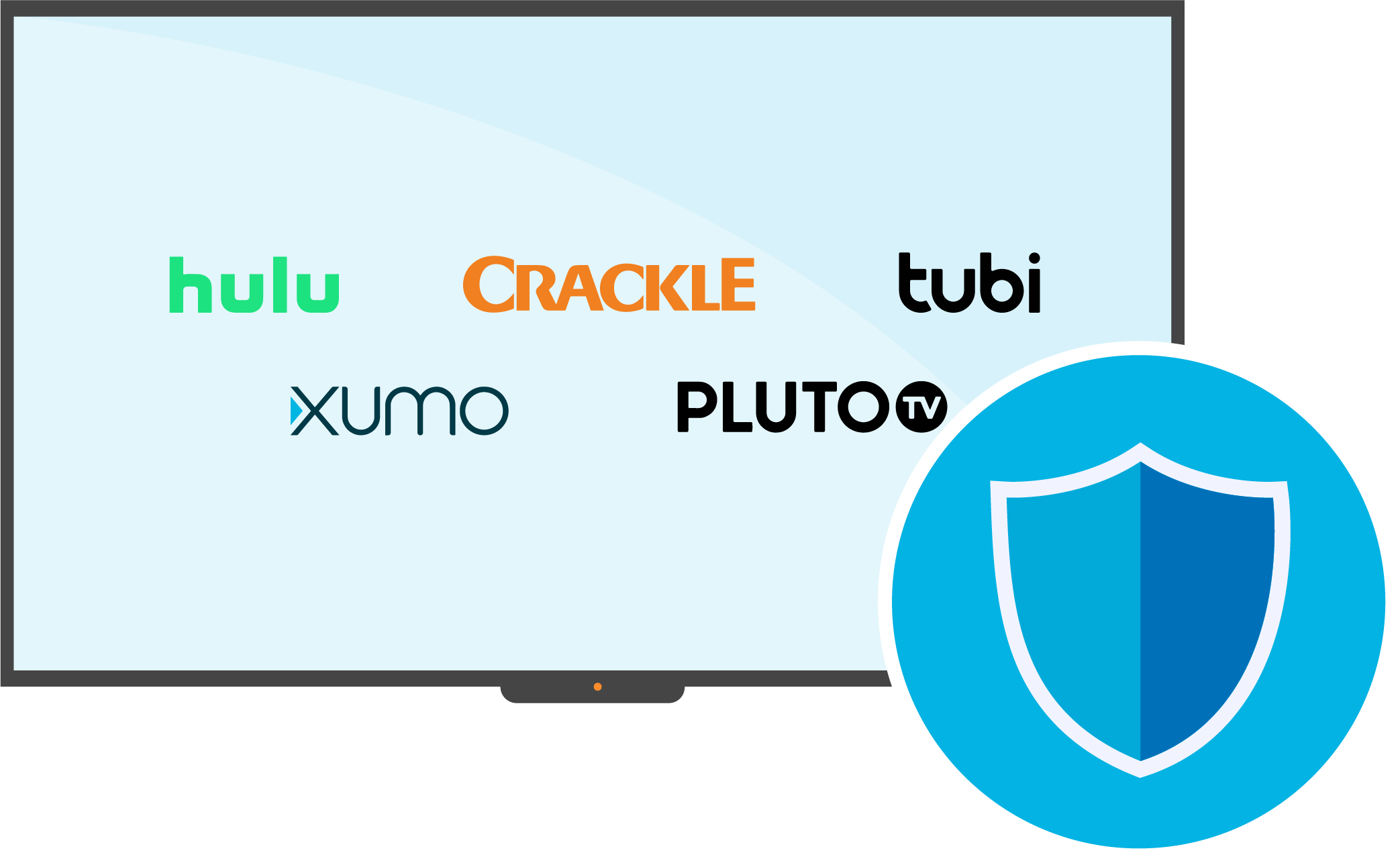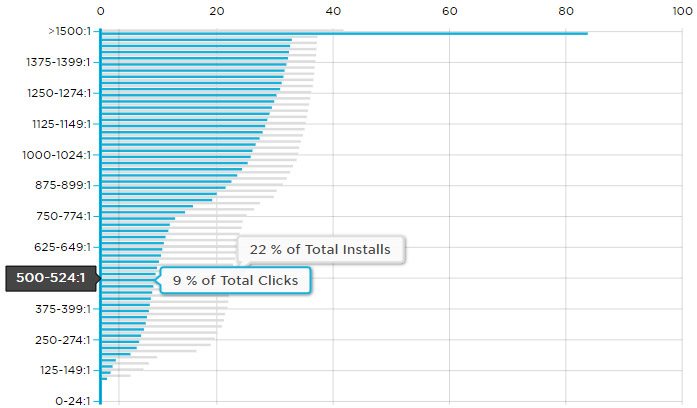OTT Fraud: hot advertising platform, same old fraud

Advertising on over-the-top (OTT) and connected TV (CTV) channels have become a surefire way to reach a broad and engaged audience. But with the good, comes the bad, and fraudsters are up to the same tactics to nab attribution credit (and your ad dollars) through click flooding.
Unfortunately, no channel is safe when it comes to fraud. The amount of money spent in advertising attracts too many opportunists looking for a way to cash in from a loophole in the advertising infrastructure, and OTT and CTV channels are no exceptions. With a surge in campaigns on these two channels, our Kochava FoundryTM experts are seeing fraud from the ad signal, the data stream of impressions and clicks sent from partners, in the form of click flooding.
What is click flooding?
Click flooding (also called click spamming) is a fraud tactic wherein a rogue publisher entity may use programmatic scripts, bots, or other mechanisms to send a “flood” of fake clicks for a specific campaign offer. In some cases, ad networks may even trigger click tracking tags when serving impressions. This manipulates the attribution waterfall by reporting low-intent impressions as high-intent clicks, which have a greater chance of winning attribution for a conversion. Although the install conversions may be from legitimate users, the attribution is not because credit has been stolen from the true source through a flood of fake click signals. Click flooding is no different with OTT campaigns and marketers utilizing Kochava can monitor click flooding in the Kochava Fraud Console.
Mitigating fraud through your OTT media buying strategy
How you buy your media is one way to protect your OTT campaigns from excessive click flooding. OTT ad buying methods include programmatic, platform direct, and publisher direct, and each method of OTT media buying has its pros and cons.
Programmatic buying occurs on an exchange via an ad partner. Platform direct means you are buying directly from one of the major platforms, such as Roku or Vizio, whereas with publisher direct, you’re buying from one of the major publishers, such as Hulu or Paramount+. Of the three, programmatic is the most cost-effective. Although it has the broadest audience reach with cross-platform, cross-service, and cross-device addressability, programmatic also carries the highest risk for click flooding. The main reason for this method’s vulnerability is because there is no instructional file, such as an ads.txt or plist, to act as a manifest of who’s allowed to serve ads for the advertisers. Its absence makes it easier for anyone, including fraudsters, to operate on a programmatic exchange.
On the other hand, while platform direct and publisher direct cost more and have limited audience reach, advertisers can better negotiate their terms. As with media buying on mobile channels, build strong relationships with the partners working on your behalf with these methods. Request transparency by having site/publisher IDs displayed and unobfuscated in their reporting to see where ad interactions are actually coming from.
Other mitigation strategies
Keep an eye on your click-to-install (CTI) ratio. If a click represents a viewer actively engaging with an OTT ad and showing intent (eg, tapping an ad with their finger, or clicking on it with their CTV remote), then it’s reasonable to expect they’re far more likely to install the target app. Hence, would you expect that it should take 10,000 clicks to drive one install? Unlikely to say the least. Find your baseline CTI ratio and then keep an eye out for specific partners or sub-publishers that far exceed the normal threshold average. Exorbitantly high CTI ratios are a sign that something’s amiss.

Monitor time-to-install (TTI) and time-to-engagement (TTE) metrics and analyze anomalies for potential fraud. When these data points are mapped out, abnormal TTI & TTE distributions can be evidence of campaign manipulation, particularly when witnessed at scale and isolated to a particular source.
Distinctly label your OTT campaign trackers by source and placement. This practice will provide clean and clear traffic segmentation to quickly narrow in on the source of an anomaly.
The Takeaway: Stay vigilant, question anomalies
The popularity of OTT and CTV platforms has attracted advertisers but unfortunately fraudsters as well. As with any digital advertising channel, it’s important to stay vigilant and monitor reports from ad partners. By monitoring clicks, impressions, and events, especially by site ID/publisher, anomalies may be noted. You never know if that anomaly could be evidence of a bigger problem so don’t undermine validating it by having a conversation with your media partner or your Client Success Manager at Kochava.
Not sure where to begin in monitoring for fraud on your OTT and CTV campaigns? Our Kochava FoundryTM team can help. Contact us for more information.



